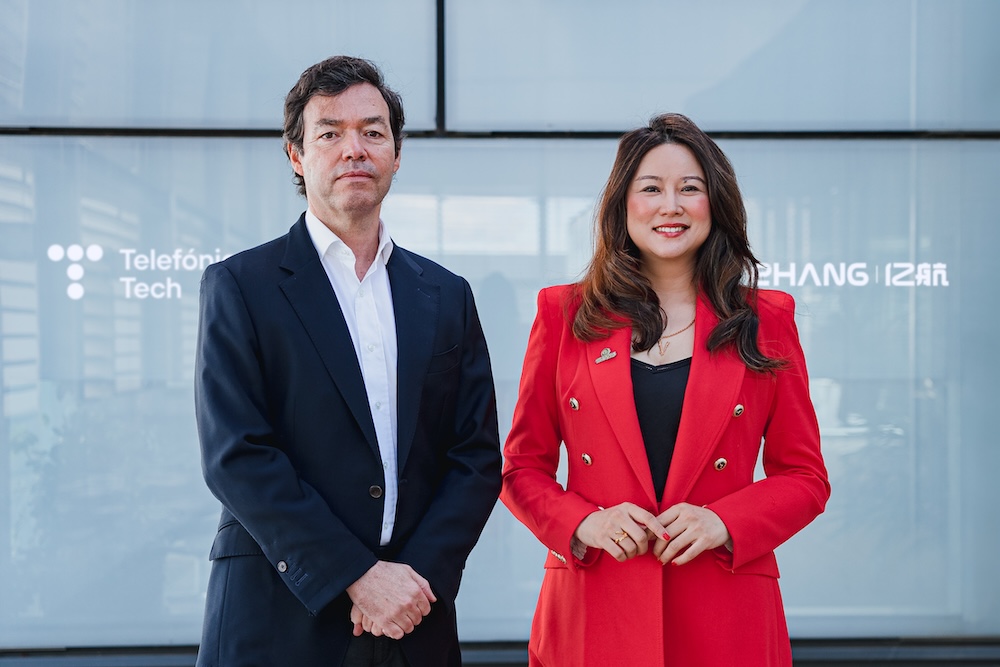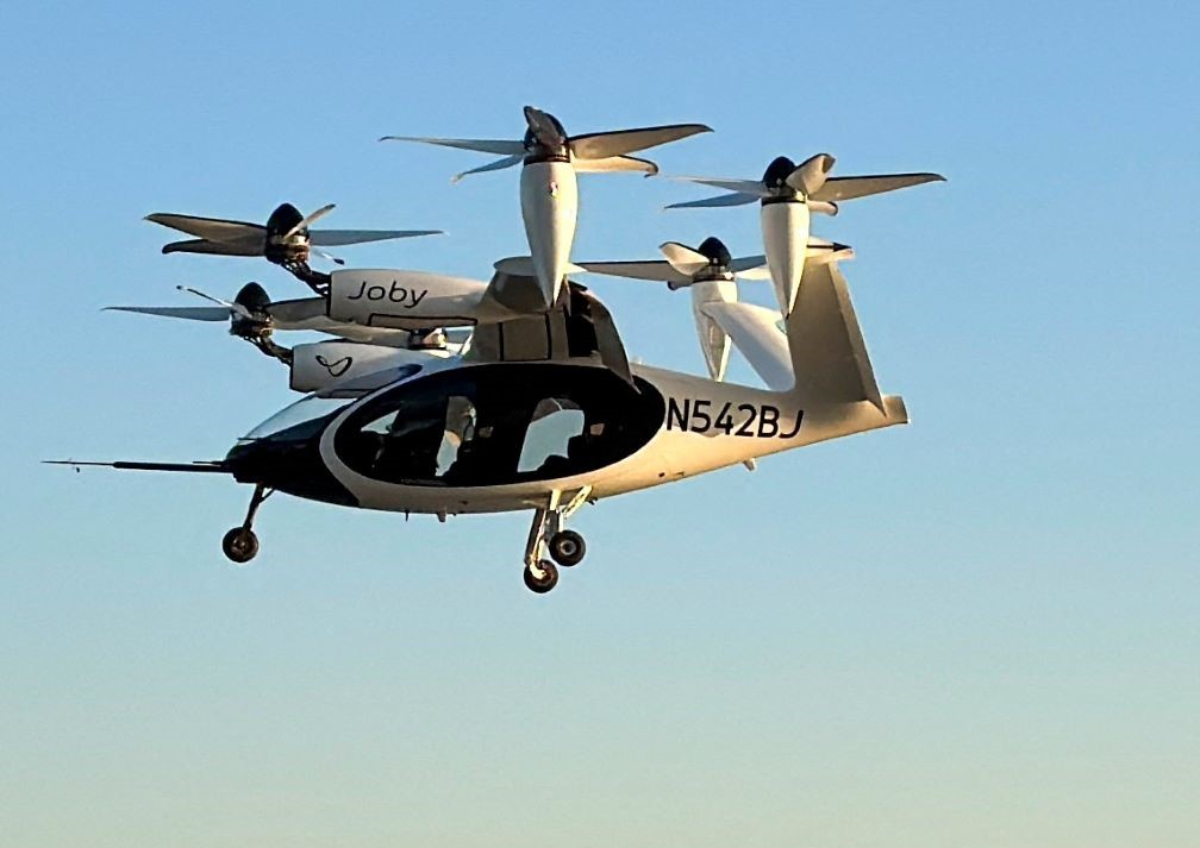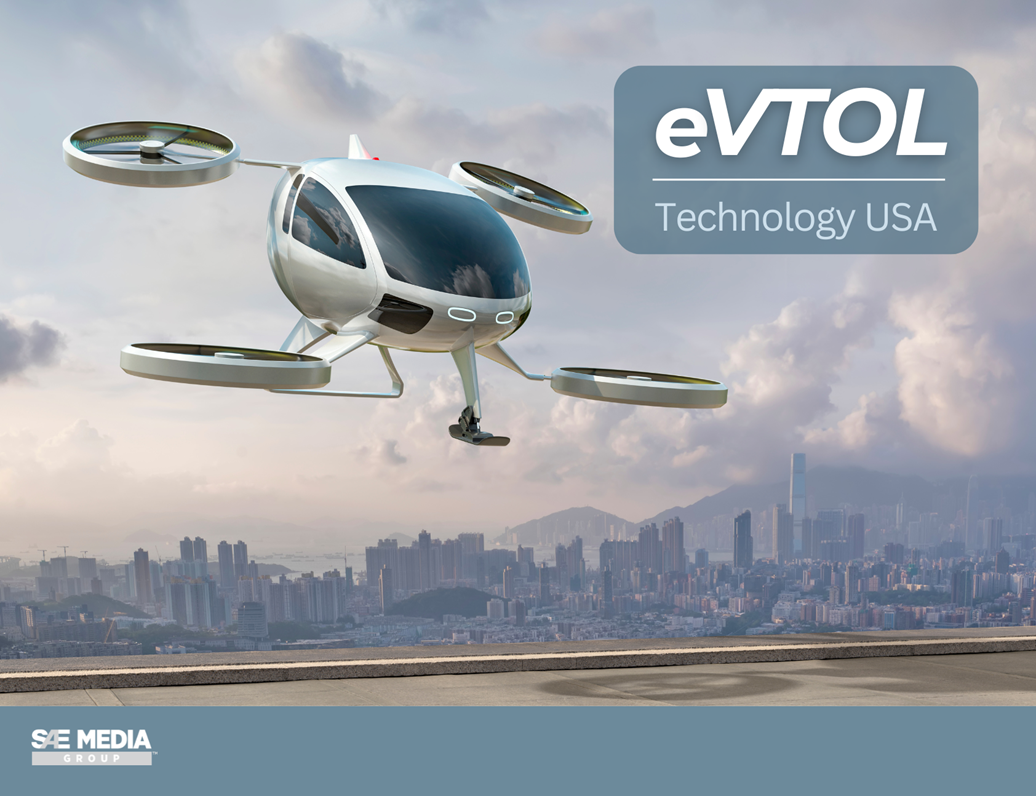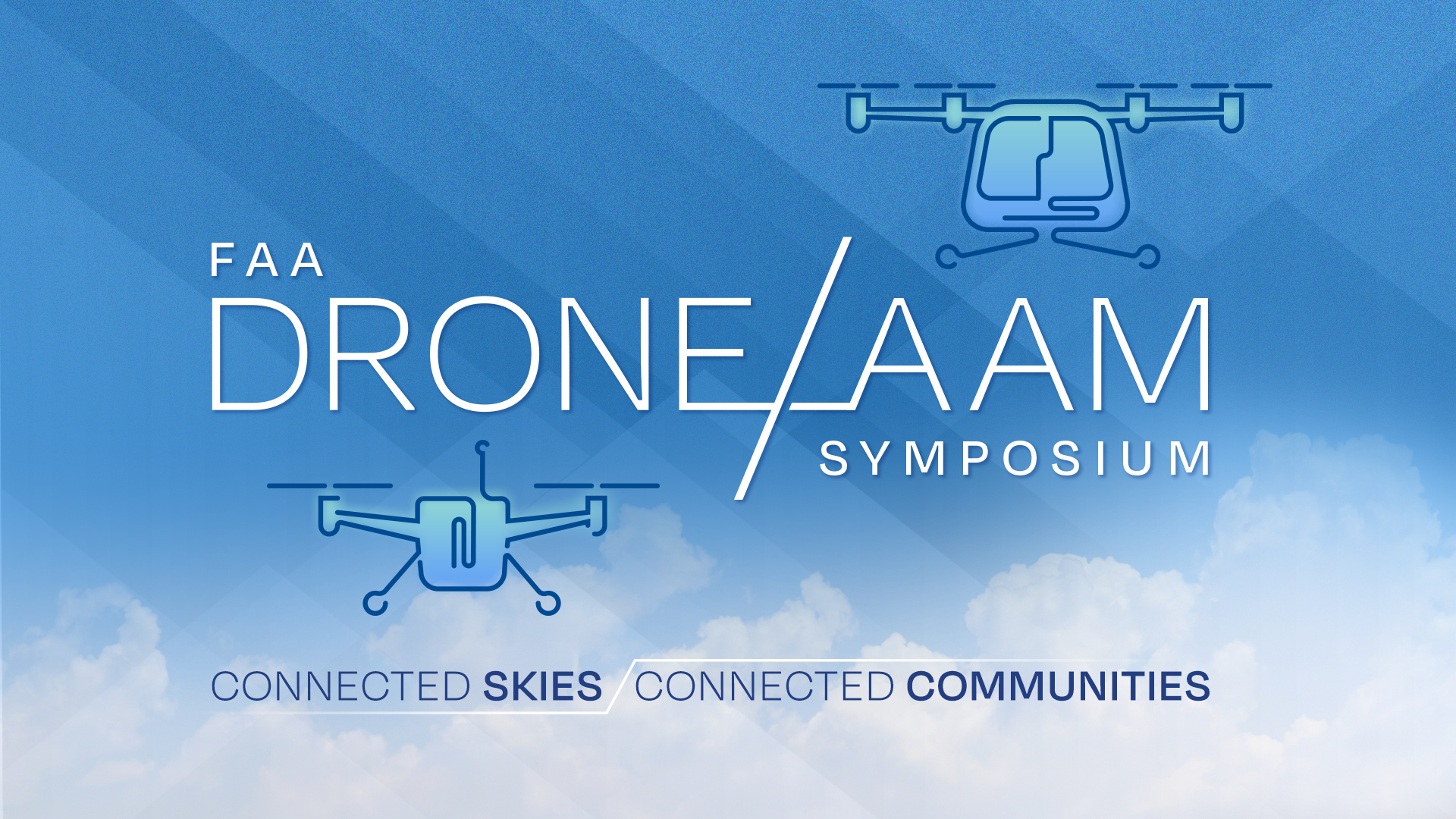
Telefónica Tech has announced an alliance with China’s Electric Vertical Take-off and Landing Vehicles (eVTOL) company EHang which is launching its EH216-S model to the world on 1 April. The two companies are looking at what they dub the “low-altitude economy” and the vehicles would be used for the transport of passengers and cargo without a pilot on board in both Europe and Latin America.
Naturally, visitors to Mobile World Congress (MWC) can check out the partners. EHang has chosen Telefónica Tech’s connectivity capabilities (5G and private networks) to enhance the security and efficiency of this type of mobility in both regions, and to continue expanding and exporting its smart solutions with unmanned aerial vehicles.
Both companies intend to implement use cases in Europe and Latin America around air mobility and solutions in areas as diverse as passenger transport, logistics, health services, emergency response and smart cities management. The “low-altitude economy” will no doubt spawn a new “low-altitude insurance sector”.
Telefónica and EHang will also collaborate on drone light shows with swarms of drones to digitalise and increase the sustainability of large-scale shows and events. The two companies have set out to develop connectivity solutions based on 5G mobile networks for the safe and efficient integration of drones and eVTOL aircraft with digital unmanned air traffic management systems (UTM and U-Space). Both companies rely on Telefónica Tech’s TheThinX laboratory and EHang’s Urban Air Mobility Centre in Europe, located in Spain.
5G does the work
Telefónica Tech believes 5G mobile networks have the capacity to guarantee reliable communications, low latency and high data transmission capacity in the development and integration of the urban air mobility sector. 5G make it possible to optimise the real-time control and monitoring of aircraft by sending telemetry or multimedia data to both ground control systems and centralised public information systems for immediate processing and management. Similarly, 5G helps to ensure the continuity of UAV operation by preventing potential interference and providing security through the encryption of SIM cards in UAVs.
In addition to these attributes, in the case of private mobile networks, the level of privacy and security of the information obtained by the drone is enhanced by preventing data traffic from being shared outside the customer’s premises and can also provide coverage in isolated and remote areas.
“The partnership with EHang means being part of a pioneering project for the air mobility of the future,” said Telefónica Tech global head of IT Alfredo Serret. “The fact that EHang relies on our connectivity to develop the sector in Europe and Latin America confirms the strong positioning of our service in both markets, and means combining capabilities to enable connected, safe, efficient and green air mobility for all.”
“Telefónica Tech’s capabilities and expertise in connectivity and the internet of things will enable EHang to deploy its solutions efficiently and securely, allowing millions of people to benefit from its applications in their daily lives,” added EHang COO for Europe and Latam Victoria Jing Xiang.
Ehang’s new EH216-S secured what it claims is the the world’s first Type Certificate and Standard Airworthiness Certificate for pilotless passenger-carrying eVTOL aircraft from the Civil Aviation Administration of China in 2023.
Korea lift-off
Telefónica is not the only telco wanting to enter this space with South Korea’s SK Telecom also signing an agreement with – in addition to investing $100m – Joby Aviation, a California-based company developing electric vertical take-off and landing (eVTOL) aircraft for commercial passenger service. The two make up one of seven consortia that have been selected for the Transport Ministry’s K-UAM Grand Challenge to compete and cooperate in bringing flying cars to Korea with their partners.
Pictured: Alfredo Serret, global head of IoT at Telefónica Tech and Victoria Jing Xiang, EHang COO for Europe and Latam












